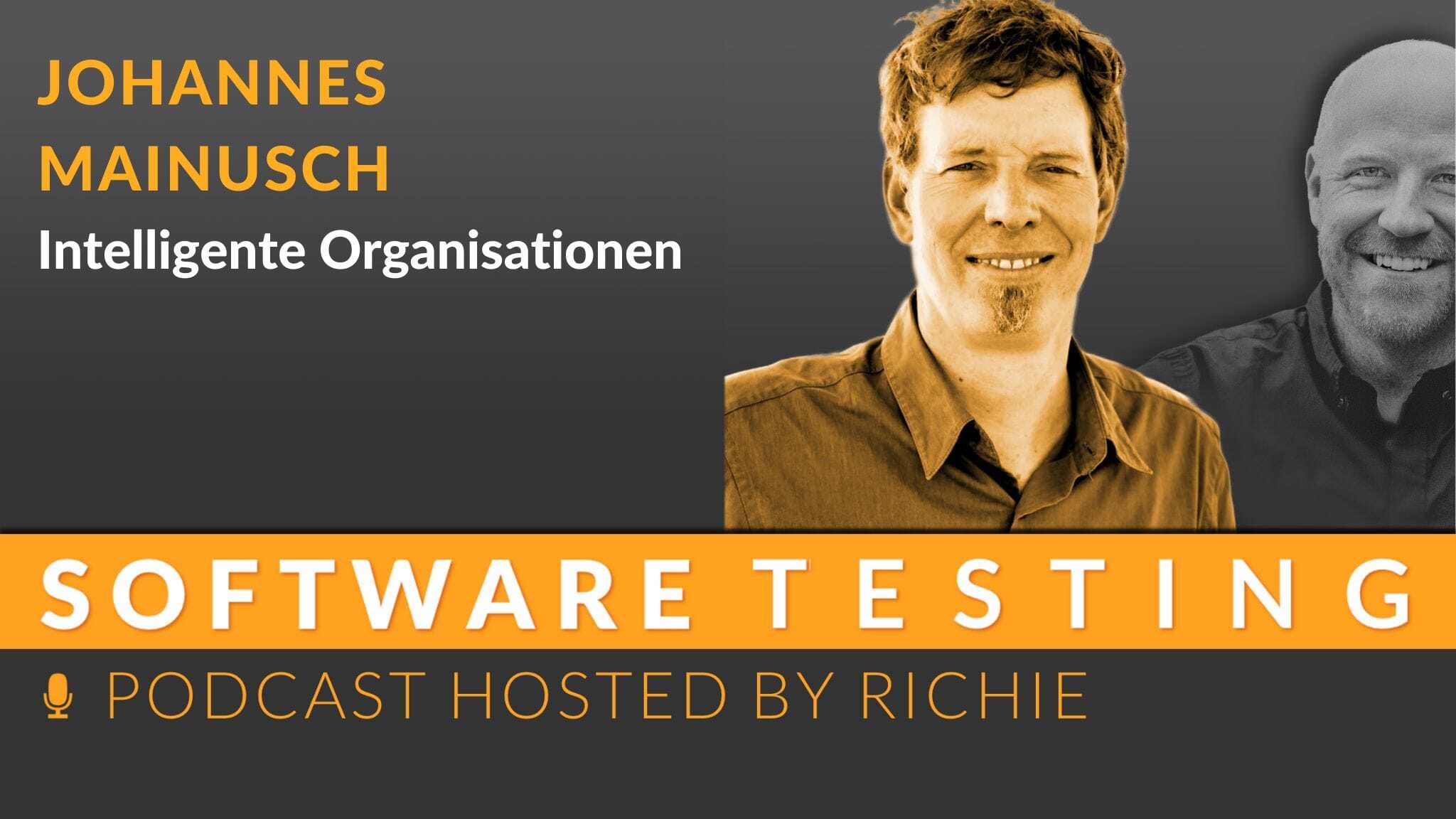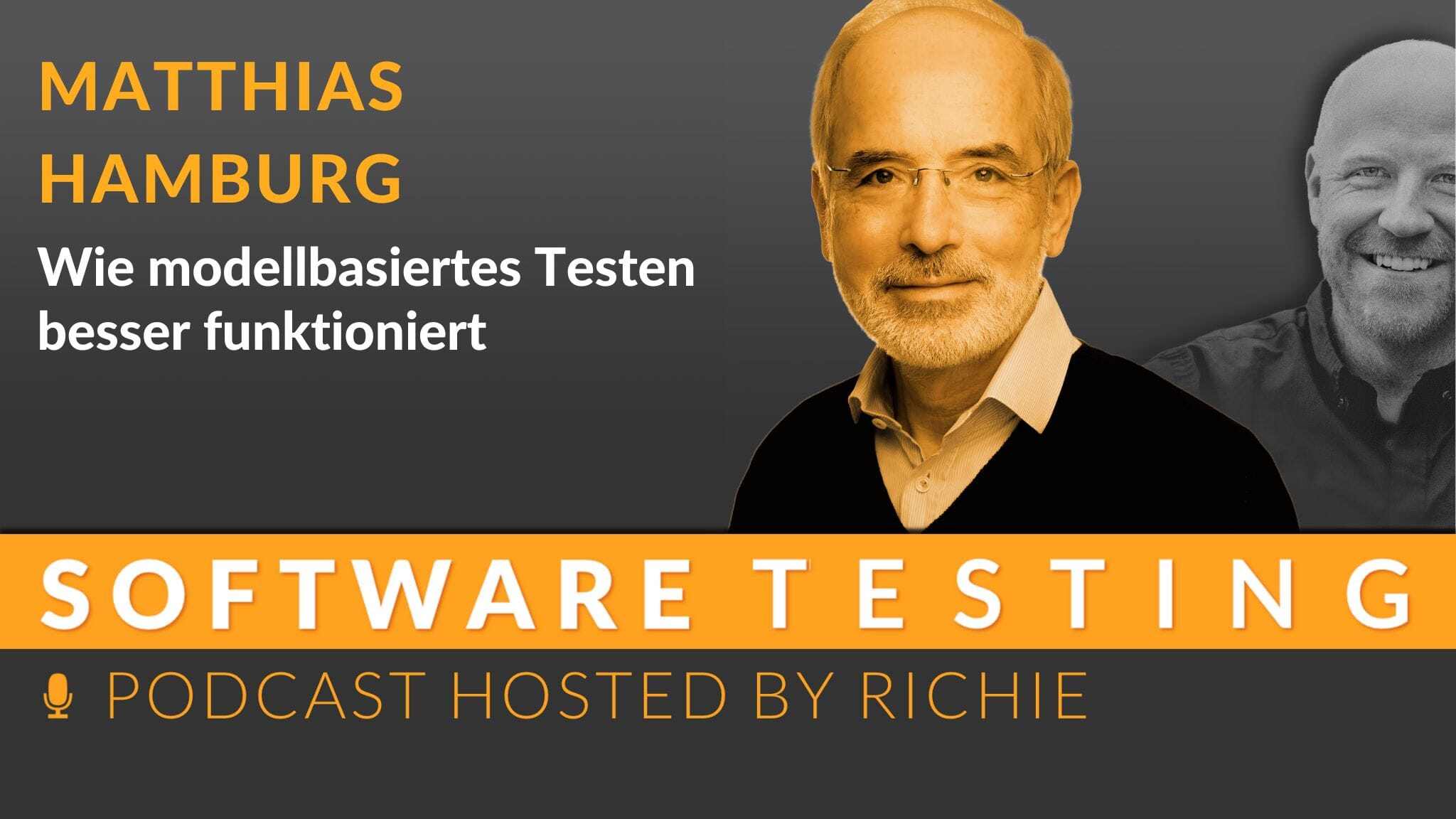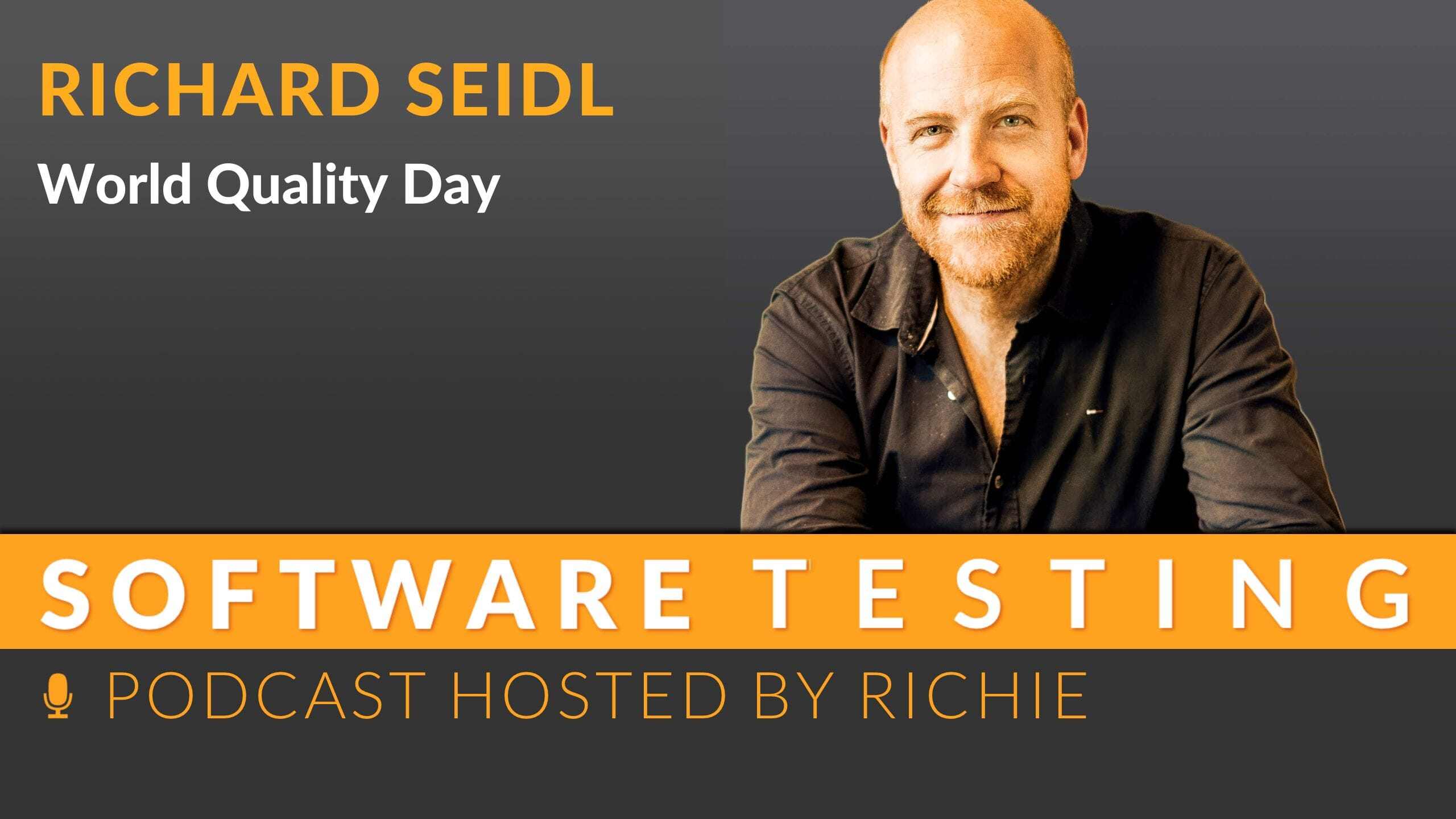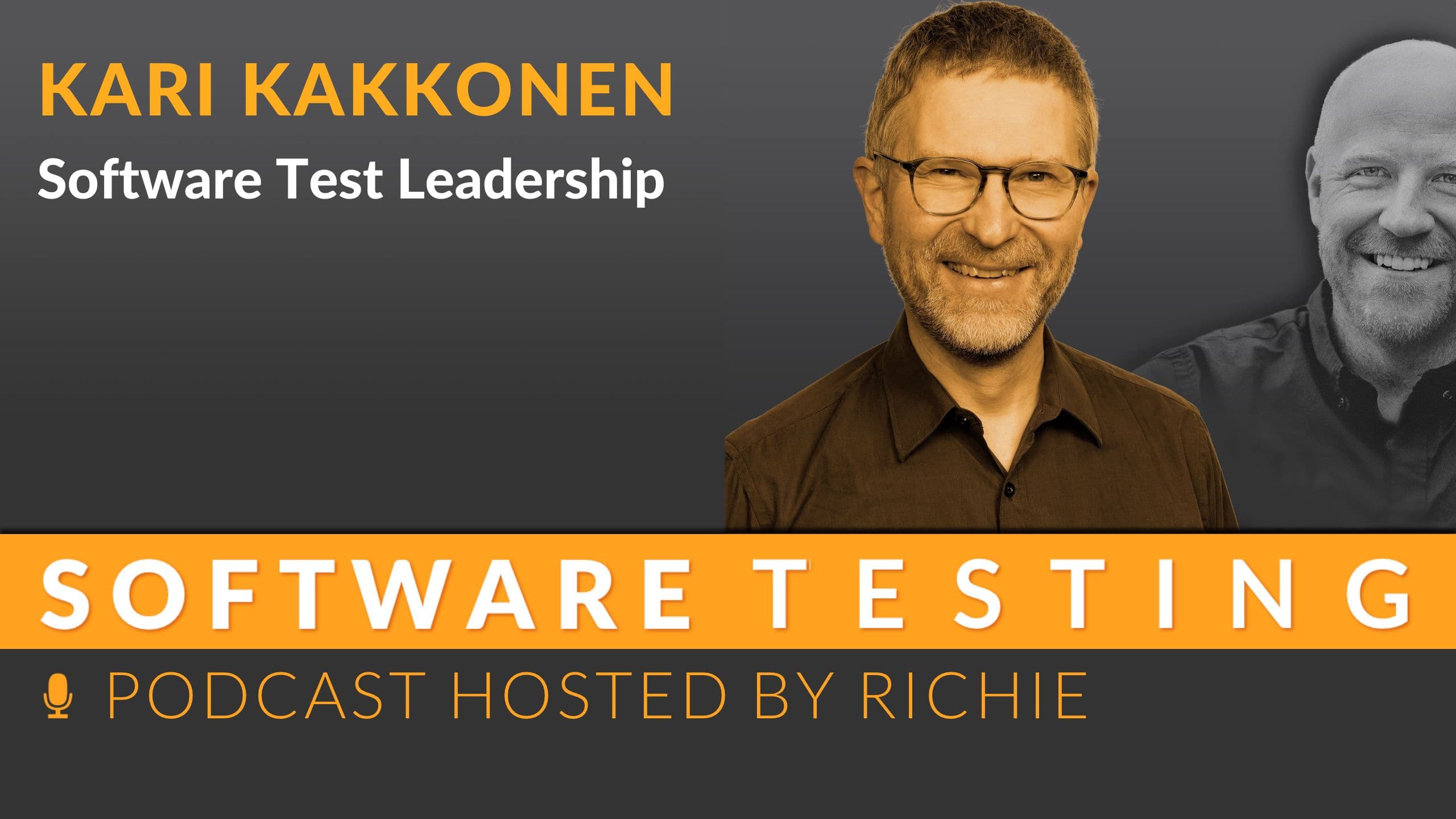Test design with model-based testing
Model-based testing sounds like the holy grail of quality assurance: efficiency, automation and maximum precision. But in practice, you stumble...

The intelligence of organizations depends crucially on how they overcome challenges and use diversity. A comparison with the functioning of cells allows exciting parallels to be drawn with the structure and dynamics of teams. A clear bird’s eye view of processes and goals helps to develop strategies and implement them effectively. Diversity promotes innovative solutions and strengthens teamwork. Individuals can initiate positive changes within organizations through targeted measures and impulses and thus contribute to further development.
In this episode, I talk to Hannes Mainusch about organizational development and the intelligence of organizations. We discuss how organizations can get out of so-called ‘stupidity’ and what makes them smarter. Hannes shares fascinating insights into how cells work and draws parallels to human organizations. We talk about how challenges and diversity can lead to better team dynamics and why it’s important to regularly take a bird’s eye view of your own work. At the end, Hannes gives practical tips on how individuals can initiate positive change in an organization.
“If you look at it microscopically, we are made up of lots of tiny cells, and amazing things happen in these cells.” - Johannes Mainusch
Johannes Mainusch is a founder and contributor to kommitment. Lover of tube radios and bicycles. Prefers to travel around Europe with light luggage. Likes to code in typescript and go, but mostly works with non-deterministic processors in management meetings. Likes Labskaus and chaos.
Eye-catching and provocative titles play a crucial role, especially at conferences with parallel sessions. Such titles help to attract the audience’s attention and ensure that as many listeners as possible select the presentation. This is particularly relevant for keynotes or final presentations, as the aim here is to keep the audience until the end of the event.
The precision with which the smallest parts of the human body work is impressive. One vivid example is an animation that shows how proteins splice DNA molecules. This microscopic precision prompts us to think about larger contexts: if cells can function with such precision, what might a meta-organism consisting of humans look like? This leads to the question of whether organizations as a whole could develop their own consciousness.
The symbiosis between different elements in the body, such as the microbiome in the gut, offers exciting parallels to structures within organizations. Just as different systems in the body have to work together efficiently, a company also requires its different areas to interact harmoniously. Diversity and respectful interaction within teams play a crucial role in promoting the efficiency and intelligence of an organization.
Major challenges can bring teams closer together and motivate them to find innovative solutions. Mistakes should be seen as learning opportunities, as they can contribute to further development. A positive working atmosphere and respectful interaction are essential here. Regular retrospectives in agile teams enable continuous reflection and thus contribute to constant improvement.
Creating space for creativity can be a key to innovation in organizations. One example of this is the introduction of a “solution lab”, in which teams can work on a problem in isolation for a set period of time. Such approaches can bring a breath of fresh air to traditional structures and promote a start-up-like culture. However, such open spaces require resources that are not available to all organizations.
Growth brings with it challenges that require adaptability. In the IT industry, for example, this can be seen in the fact that small start-ups work with clearly defined teams for front-end and back-end development. With increasing size, however, these structures need to be revised - an often painful but necessary process. Growth therefore requires a willingness to question existing structures and let go if necessary.
The main objectives of organizational development are to increase the effectiveness and efficiency of the organization and to improve working conditions for employees. This includes adapting to changing market conditions, promoting innovation and increasing employee satisfaction.
Various methods are used in organizational development, including process consulting, team development, coaching, workshops and feedback systems. These approaches aim to shape change effectively and encourage employee participation.
The process of organizational development typically takes place in several phases: Analysis of the current state, definition of objectives, planning of measures, implementation and evaluation. This iterative process enables continuous adjustments and improvements.
There are various models of organizational development, such as Kurt Lewin’s 3-phase model (unfreeze, change, freeze) and John P. Kotter’s 8-step model. These models offer structured approaches for change processes.
Organizational development is a long-term, holistic approach to improving the organization with the involvement of all stakeholders. Change management, on the other hand, focuses on the implementation of specific changes within a shorter time frame.
Corporate culture has a significant influence on the success of change processes. An open, trusting culture facilitates the implementation of innovations and promotes acceptance among employees.
Employees are involved through transparent communication, participation in decision-making processes and the opportunity to provide feedback. This increases acceptance and commitment to the changes.
Challenges in organizational development can include resistance to change, unclear objectives, a lack of resources and inadequate communication. A proactive approach to these factors is crucial for success.
The success of organizational development measures is measured by qualitative and quantitative indicators, such as productivity increases, employee satisfaction, fluctuation rates and target achievement levels.
The use of organizational development makes sense when it is necessary to adapt to market changes, internal restructuring, mergers or to improve corporate culture and performance.

Model-based testing sounds like the holy grail of quality assurance: efficiency, automation and maximum precision. But in practice, you stumble...

World Quality Day provides an opportunity to take a look at the development of software quality and the changes in software testing over the last 20...

Successful leadership in software testing requires clear models and a strong quality culture. The ACT2LEAD model offers an approach for establishing...